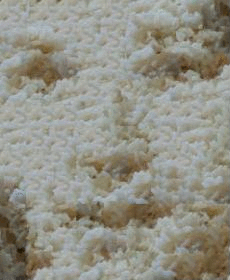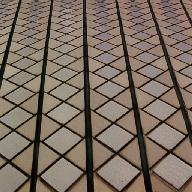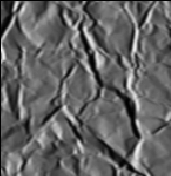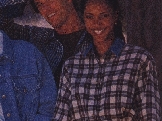
A. A. Efros & W. T. Freeman. SIGGRAPH 2001 [pdf] [more info]

D. A. Forsyth. ICCV 2001 [pdf] [ps]

T. K. Leung & J. Malik. IJCV 2000 [pdf] [ps] [more info]

A. A. Efros & T. K. Leung. ICCV 1999 [pdf] [ps] [more info]

T. K. Leung and J. Malik. CVPR 1997 [pdf] [ps] [more info]

T. K. Leung & J. Malik. ECCV 1996 [pdf] [ps] [more info]

J. Malik & R. Rosenholtz, IJCV 1997 [pdf] [ps]